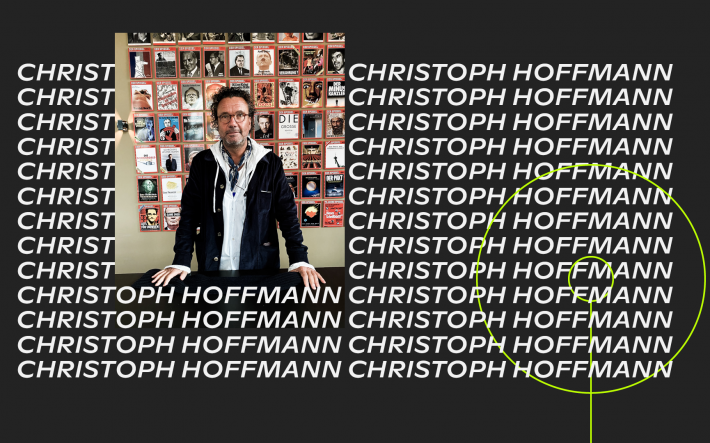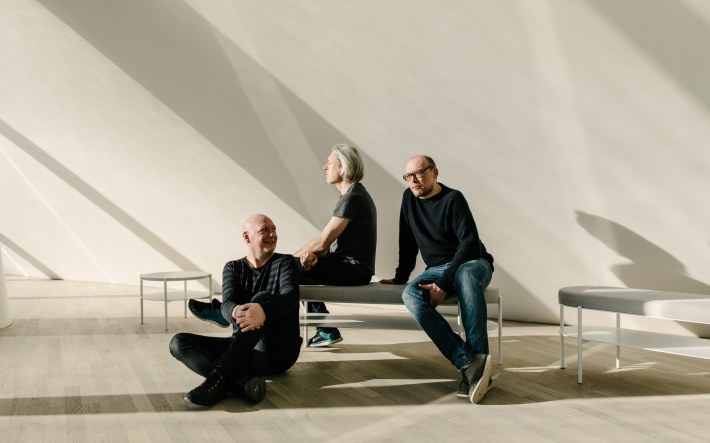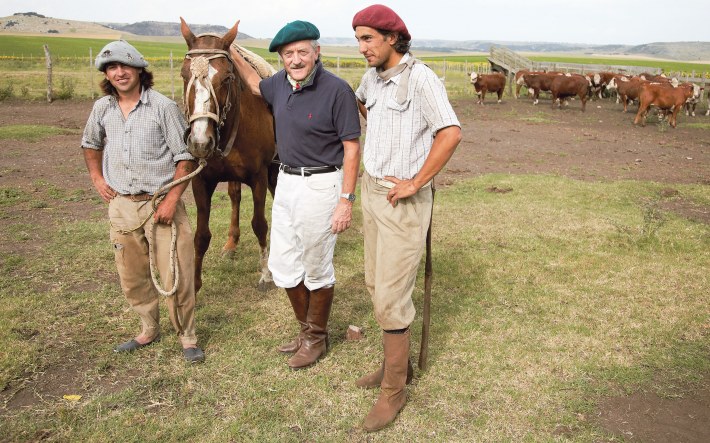The Taste of Tel Aviv
Haya Molcho and her sons, the family behind eatery empire NENI, have written a new cookery book about the people of Tel Aviv and their culinary histories. And it has recipes too. The most important ingredient?
Israeli cuisine — there’s no such thing, right? Ingredients and dishes enjoyed throughout the Levant that have long been favourites on tables across Israel, Syria, and Lebanon are living cultural hybrids that draw their influences from a broad variety of cultures, religions, local traditions, personal preferences, and individual biographies. This applies to Tel Aviv perhaps more than to any other place. The world converges in this city, where a wealth of different tastes produces a steady stream of fresh styles.
Tel Aviv is also the birthplace of Haya Molcho. The chef and gastro entrepreneur who made Europe hungry for a taste of the Levant has been intimately familiar with its loud, bustling neighbourhoods, aromatic street food, and the scents of exotic spices that waft over the local markets since her childhood. In 2009, she and her four sons, Nuriel, Elior, Nadiv, and Ilan, established the family empire NENI from their base in Vienna. Besides operating the Mediterranean restaurants in some of our 25hours Hotels, the company also has a line of food products and cookbooks — one of the latter was only recently released.
To write ‘NENI Tel Aviv. Food. People. Stories’, Haya and her sons set off on a journey of discovery through the lively and welcoming urban centre, during which they came across plenty of people with culinary tales to tell. The result is as much an homage to the city itself as it is a collection of recipes. It tells of an endless variety of aromas and tastes, and introduces the people who bring them to life: the chefs and bakers, the butchers and spice merchants, the purists and magicians, the trendsetters, artists, and aesthetes. The book’s chapters are dedicated to these groups and their respective takes on the culinary culture that gave birth to the recipes between its pages.
Strictly speaking, ‘NENI Tel Aviv. Food. People. Stories’ is a collaborative project between the Molcho family and the people of Tel Aviv, who shared their stories with Haya and her sons. What do they all have in common? Spontaneity, for one, and an appetite for risk and improvisation. Each of them adhere to a healthy style of cooking, more or less, and they are all constantly on the search for fresh inspiration. This reveals itself in the taste of their dishes. Take the green shakshuka, for instance, the red variety of which is a staple of Israeli cuisine. It’s a sizzling stir fry of tomatoes and aubergines topped with eggs, typically served for brunch. But it works just as well as a midnight snack.
The Molcho family never tires of dreaming up new and different versions of shakshuka for lazy Sunday breakfasts. So why not create a green version with leek, spinach, and fennel? What’s important is that the family shares its meals from a huge frying pan placed at the centre of the table. That way, everyone inches their chairs closer together to snaffle a chunk of sourdough to mop up the sauce. It’s a bonding experience. However richly varied the different influences within Levant cuisine may be, a common thread nonetheless exists: in this region, people eat together. And as far as we know, it’s a foolproof recipe for happiness.
Green Shakshuka
serves — 4–6 PEOPLE
Preparation
Cut the leek lengthwise, then wash. Slice into roughly one-centimetre broad strips. Melt the butter in a pot, add the leek, and braise for around 15 minutes, until soft. Clean the spinach and trim the thick stalks. Place around 50 grams of the leaves to one side. Blanch the rest of the spinach (including the stalks) and the parsley for ten seconds in salted boiling water, drain, and douse briefly in ice-cold water. Press gently until dry.
Use a hand or immersion blender to blend the leek, boiled spinach and parsley, 75 millilitres of the water, and cream until soft and creamy. Season with salt. Cut the fennel into thin slices. Wash the spring onions and cut them in half (crosswise). Add some olive oil to a large pan and place on the hob over medium heat. Gently fry the spring onions and fennel for three minutes. Season with salt, then place to one side on a separate plate.
Add the remaining spinach to the same pan, together with one or two tablespoons of water, and stir until soft. Season with salt. Then spread the boiled spinach, fennel, and spring onions evenly on top. Coarsely grate the kashkaval cheese and parmesan, and sprinkle over the vegetables. Use a spoon to create six indentations, and break an egg into each of the dents. Season with salt (especially the yoke). Cover the pan and leave it to simmer for four to five minutes, until the egg white is firm but the yoke remains runny. Grate more parmesan onto the eggs. Drizzle with olive oil and serve with fresh bread.
Ingredients
100 g leek
30 g butter
250 g leaf spinach
25 g parsley
25 ml cream
sea salt
1 small bulb of fennel
2 spring onions
1 tbsp olive oil, plus more to drizzle on top
50 g kashkaval, or alternatively semi-soft cow’s milk cheese
20 g parmesan, plus some more for garnish
6 eggs
sourdough as a side







